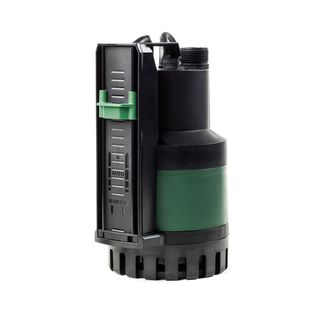

DAB Nova Up 300 M-AE
15 reviews
DAB Nova Up 300 M-AE
15 reviews
- Max. pump capacity: 10,000 l/h
- Max. delivery head: 7,5 m
- Solid particles: 10 mm
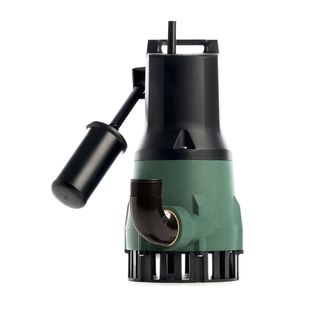

DAB FEKA 600 M-A
0 reviews
DAB FEKA 600 M-A
0 reviews
- Max. pump capacity: 15,000 l/h
- Max. delivery head: 9 m
- Solid particles: 25 mm
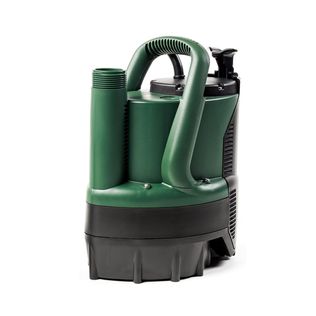

DAB Verty Nova 200 M-A
0 reviews
DAB Verty Nova 200 M-A
0 reviews
- Max. pump capacity: 7,600 l/h
- Max. delivery head: 7 m
- Solid particles: 5 mm
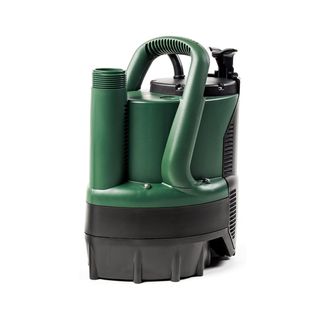

DAB Verty Nova 400 M-A
1 review
DAB Verty Nova 400 M-A
1 review
- Max. pump capacity: 11,800 l/h
- Max. delivery head: 9 m
- Solid particles: 5 mm
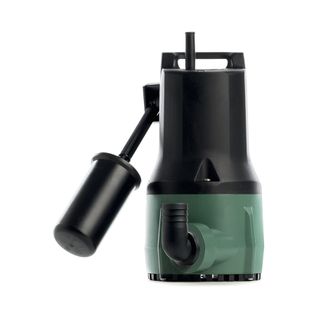

DAB NOVA 300 M-A
0 reviews
DAB NOVA 300 M-A
0 reviews
- Max. pump capacity: 13,000 l/h
- Max. delivery head: 7,2 m
- Solid particles: 10 mm
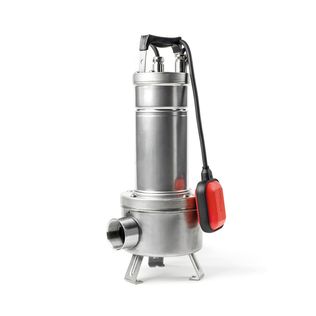

DAB FEKA VS 550 M-A
0 reviews
DAB FEKA VS 550 M-A
0 reviews
- Max. pump capacity: 20,000 l/h
- Max. delivery head: 7,4 m
- Solid particles: 50 mm
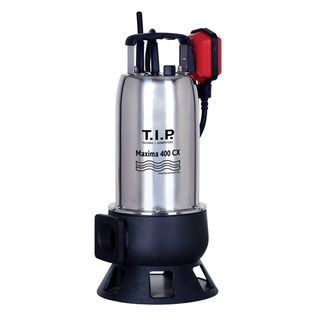

T.I.P. Maxima 24000
13 reviews
T.I.P. Maxima 24000
13 reviews
- Max. pump capacity: 24,000 l/h
- Max. delivery head: 9 m
- Solid particles: 35 mm
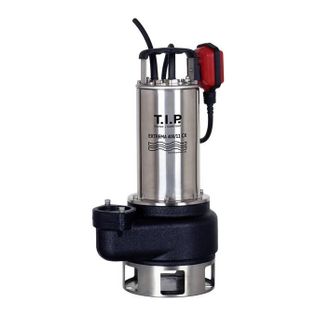

T.I.P. Extrema 400/11 CX
2 reviews
T.I.P. Extrema 400/11 CX
2 reviews
- Max. pump capacity: 24,000 l/h
- Max. delivery head: 11 m
- Solid particles: 40 mm
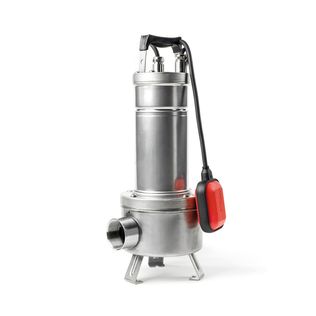

DAB Feka VS 750 M-A
0 reviews
DAB Feka VS 750 M-A
0 reviews
- Max. pump capacity: 24,000 litres per hour
- Max. delivery head: 9,6 metres
- Solid particles: 50 mm
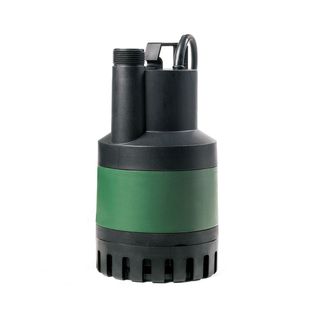

DAB Nova Up 180 M-NA
39 reviews
DAB Nova Up 180 M-NA
39 reviews
- Max. pump capacity: 7,500 l/h
- Max. delivery head: 5 m
- Solid particles: 10 mm
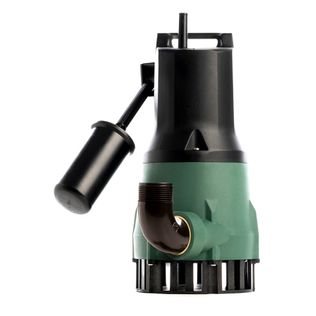

DAB Nova 600 M-A
0 reviews
DAB Nova 600 M-A
0 reviews
- Max. pump capacity: 16,200 l/h
- Max. delivery head: 10,2 m
- Solid particles: 10 mm
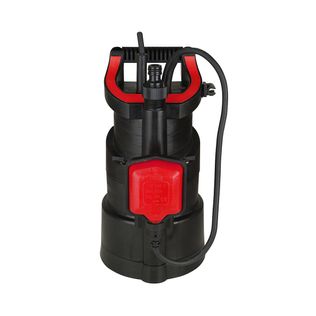

T.I.P. DrainPress 3200/24
0 reviews
T.I.P. DrainPress 3200/24
0 reviews
- Max. pump capacity: 3,200 liters per hour
- Max. delivery head: 24 m / 2.4 bar
- Solid particles: 2 mm
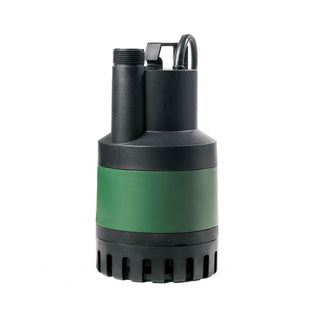

DAB Nova Up 300 M-NA
1 review
DAB Nova Up 300 M-NA
1 review
- Max. pump capacity: 10,000 l/h
- Max. delivery head: 7,6 m
- Solid particles: 10 mm
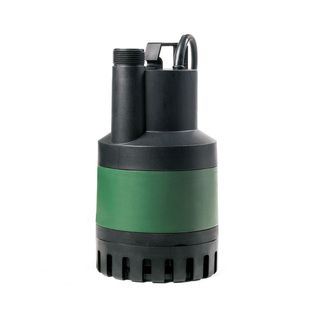

DAB Nova Up 600 M-NA
0 reviews
DAB Nova Up 600 M-NA
0 reviews
- Max. pump capacity: 13,900 l/h
- Max. delivery head: 9,8 m
- Solid particles: 10 mm
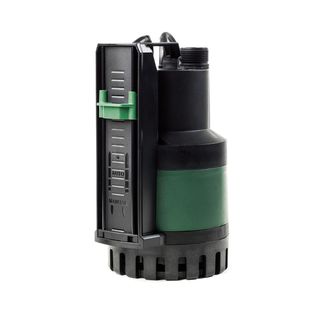

DAB Nova Up 600 M-AE
0 reviews
DAB Nova Up 600 M-AE
0 reviews
- Max. pump capacity: 13,900 l/h
- Max. delivery head: 9,8 m
- Solid particles: 10 mm
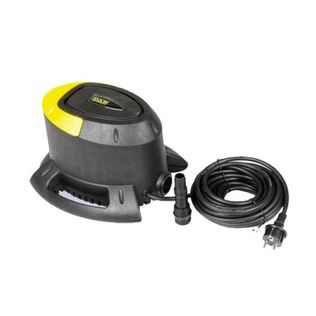

DAB Eurocover
0 reviews
DAB Eurocover
0 reviews
- Max. pump capacity: 6,500 litres per hour
- Max. delivery head: 6,5 metres
- Solid particles: 5 mm
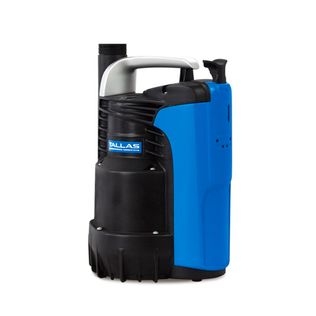

Tallas D-CWP 300
10 reviews
Tallas D-CWP 300
10 reviews
- Max. pump capacity: 7,500 l/h
- Max. delivery head: 6,5 m
- Solid particles: 5 mm
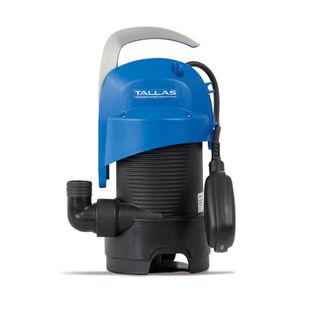

Tallas D-DW 400
22 reviews
Tallas D-DW 400
22 reviews
- Max. pump capacity: 8,400 litres per hour
- Max. delivery head: 7 metres
- Solid particles: 30 mm
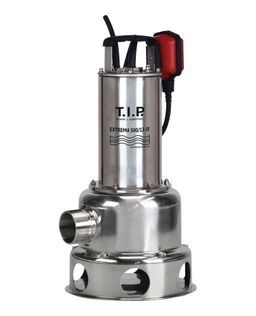

T.I.P. Extrema 500/13 Pro
0 reviews
T.I.P. Extrema 500/13 Pro
0 reviews
- Max. pump capacity: 30,000 l/h
- Max. delivery head: 13 m
- Solid particles: 40 mm
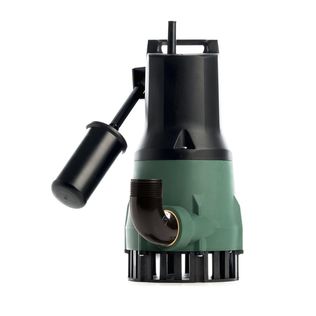

DAB FEKA 300 M-A
0 reviews
DAB FEKA 300 M-A
0 reviews
- Max. pump capacity: 12,000 l/h
- Max. delivery head: 6,5 m
- Solid particles: 25 mm
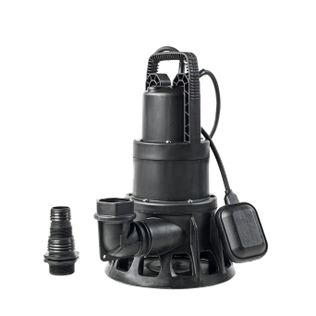

DAB Feka BVP 750 M-A
0 reviews
DAB Feka BVP 750 M-A
0 reviews
- Max. pump capacity: 23,400 litres per hour
- Max. delivery head: 11,9 metres
- Solid particles: 38 mm
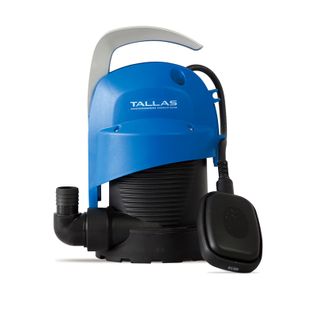

Tallas D-CW 200
6 reviews
Tallas D-CW 200
6 reviews
- Max. pump capacity: 5,700 l/h
- Max. delivery head: 5,5 m
- Solid particles: 5 mm
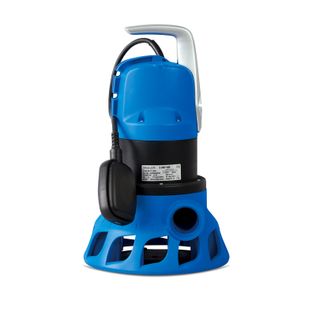

Tallas D-DWP 1000
0 reviews
Tallas D-DWP 1000
0 reviews
- Max. pump capacity: 19,200 litres per hour
- Max. delivery head: 11 metres
- Solid particles: 38 mm
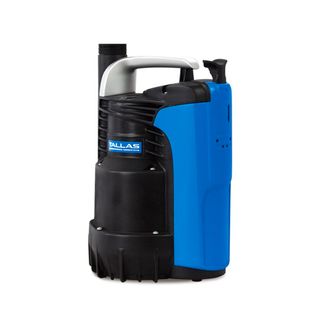

Tallas D-CWP 600
0 reviews
Tallas D-CWP 600
0 reviews
- Max. pump capacity: 11,700 l/h
- Max. delivery head: 9 m
- Solid particles: 5 mm






